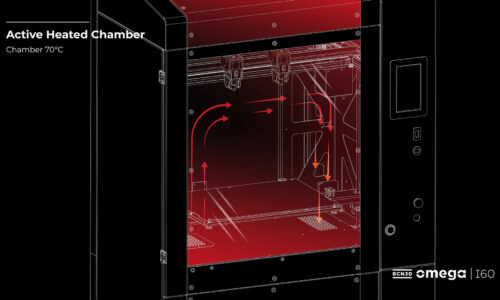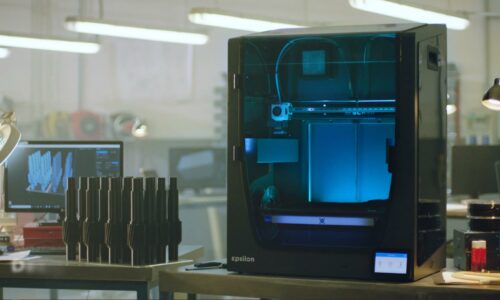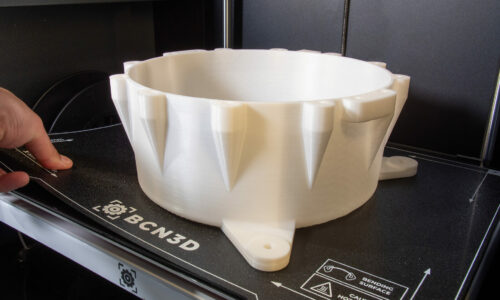The best 3D printer filaments to use
In FFF 3D printing, choosing the best 3D printer filaments is vital, as material requirements may vary depending on the use of the final print. Additionally, materials do require configuration and this configuration may vary. Finally, some printers cannot be configured for certain materials that are otherwise available in the market. It is for this reason that ensuring you are using the best 3D printer filament is an important factor in choosing a 3D printer.
The most commonly used 3D printer filament material in FFF 3D printers is PLA. This material has a wide range of applications, has a simple configuration, and is widely compatible with most 3D printers in the market.
What is the best filament to use in a 3D printer?
The best 3D printer filament to use is a filament that would be printable in a determined machine. FFF 3D Printers accept a wide range of thermoplastic materials. The most common materials in FFF technology are PLA, ABS, PETG, Nylon, TPU, PC, HIPS, ASA, PP, PEEK, ULTEM, and PVA.
What is the best 3D printer filament for your needs?
The best 3D printer filaments for your needs are the ones that are accepted by your machine. This means that the printer can reach the melting temperature of the filament. Some manufacturers only accept their own brand filaments as a way to guarantee good results, albeit effectively reducing the range of possibilities. However, some printers accept filaments from any brand and offer more printing versatility.
Best 3D printer filaments
The most important thing is to select the filament that best suits your needs. Normally, materials in 3D printing can be divided as follows:
Basic 3D printing filaments
The best 3D printer filament to consider when first using a 3D printer are:
- PLA: This is the most commonly used filament in FFF 3D printers for its ease of use and wide range of applications, especially those not mechanically or thermally demanding.
- PVA: Water-soluble polymer, ideal to work as support material to print complex geometries, large overhangs, or intricate cavities.
- PET-G: Versatile technical material, as easy to print as PLA, but with an improved balance of mechanical, chemical, and thermal properties.
Advanced 3D printing filaments
These are 3D printer filaments that require some previous knowledge of 3D printing. These filaments provide improved thermal and mechanical properties.
- ABS: Engineering material that combines rigidity and resistance to impacts. It is the ideal material for technical applications and moving parts.
- PP: Lightweight material with very high chemical resistance, ideal for water-tight containers and durable parts.
- PA: Thanks to characteristics like durability, flexibility and wear resistance, PA is ideal for multiple applications in the 3D printing field, like end-use parts or custom jigs and fixtures.
- TPU: With a Shore-A hardness of 98, TPU is a resistant material for several industrial applications, with outstanding mechanical properties and excellent chemical resistance.
Pro filaments
These 3D printing filaments are designed for the most demanding applications. These filaments are filled with glass or carbon fibers to print stiffer parts.
- PP GF30: PP GF30 (glass fiber 30%) combines the low density and chemical resistance of polypropylene with the stiffness and dimensional stability given by the glass fiber.
- PAHT CF15: This high-temperature PA with carbon fiber can resist constant temperatures of up to 150ºC. Its 15% carbon fiber reinforcement also makes this material much stiffer than standard PA.



